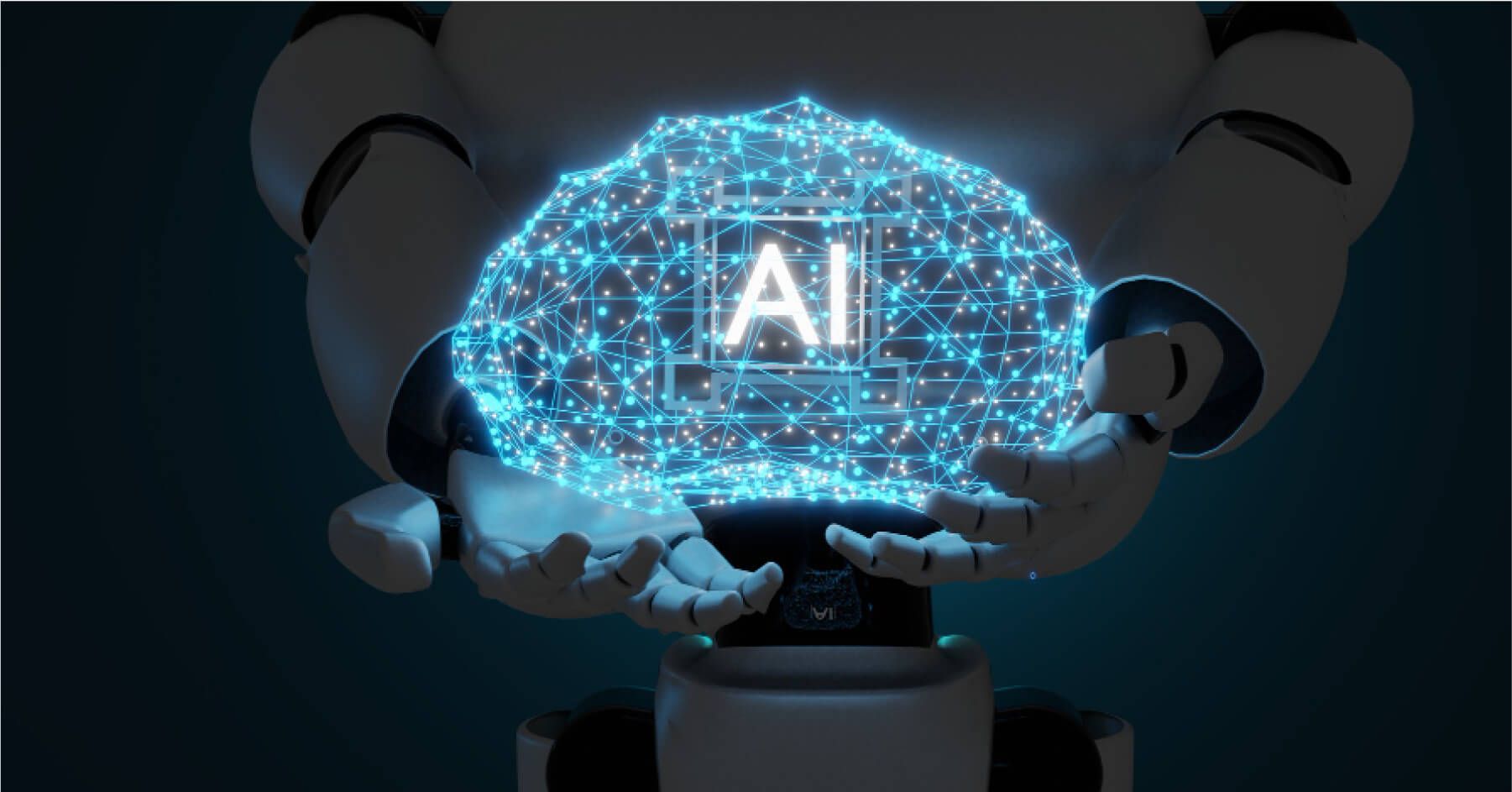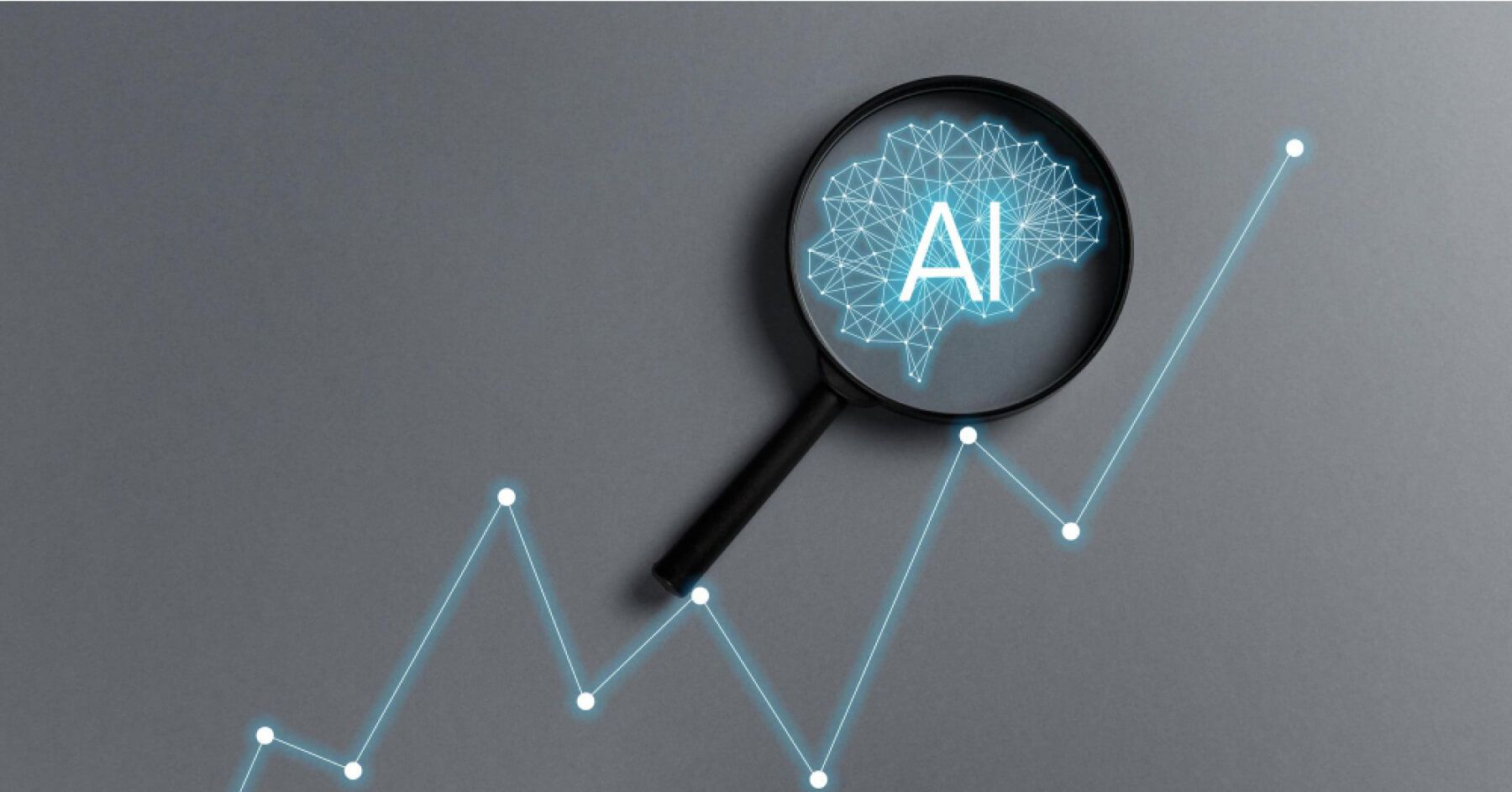How AI analyses enterprise survey comments – 5‑step pipeline & ROI insights for global HR teams

A vast conference hall filled with thousands of employee voices speaking at once, each sharing concerns, ideas, and praise. Manually sorting through that chatter would take weeks, but AI turns it into clarity in minutes.
By following a structured five-step pipeline, modern AI tools not only process enterprise survey comments at scale but also detect sentiment, spot recurring themes, and connect feedback to actionable business outcomes.
For global HR teams, this means less guesswork, faster decision-making, and measurable ROI from engagement initiatives. In this guide, we’ll break down exactly how AI does it and how you can use it to boost impact.
TL;DR
Significance of AI in employee engagement surveys

TL;DR
AI turns raw survey feedback into actionable insights, filtering themes, detecting sentiment, and highlighting priorities instantly. HR teams uncover hidden patterns, emotional undercurrents, and root causes of disengagement.
Scalable across departments and geographies, AI enables real-time action, frequent pulse surveys, and data-driven strategies without extra headcount, helping organizations respond proactively to employee needs.
In today’s feedback-heavy workplace, employee engagement surveys are no longer about just collecting data—they're about understanding it at scale.
That’s where AI steps in, turning thousands of scattered comments into valuable insights that support data-driven decisions. and structured, meaningful, in-depth insight. Let’s explore how AI is reshaping the way HR teams listen, learn, and act.
- Cuts through the noise instantly: AI doesn’t just read comments, it interprets them at lightning speed. Instead of spending weeks categorizing feedback manually, AI filters themes, detects sentiment, and highlights priorities across massive datasets. This real-time responsiveness helps HR teams focus on action, not admin.
- Makes hidden patterns impossible to miss: AI sentiment analysis in employee surveys helps uncover the tone behind the text. Whether it's frustration in one region or excitement in another, these emotional undercurrents are often missed in manual review but clearly flagged by AI, fueling smarter decisions.
- Scales with your workforce: Whether you’ve got 300 employees or 30,000, AI grows with you. NLP employee feedback analytics allows for consistent, bias-free interpretation of responses across departments, geographies, and languages, without bottlenecks.
- Improves accuracy without sacrificing speed: Manual survey analysis is prone to error and fatigue. AI, on the other hand, applies enterprise text analytics for HR with consistent logic and zero burnout. You get accuracy and depth—fast—every single time.
- Helps HR detect root causes, not just symptoms: AI doesn’t just tell you what’s wrong; it helps uncover why. Through survey comment theme detection, HR teams can pinpoint the drivers behind disengagement—like poor communication, lack of recognition, or burnout—and address them proactively.
- Enables ongoing feedback without extra headcount: With AI, enterprises can run frequent pulse surveys and still keep insights fresh and digestible. Automated employee voice insights surface top concerns in real time, so you never lose touch with what matters most to your teams.
The rise of AI from survey collection to accurate survey data analysis

TL;DR
Employee surveys have evolved into continuous, AI-powered processes. NLP analyzes open-text feedback at scale, detecting sentiment and themes across languages, regions, and departments.
HR teams gain insights into what employees say and how they feel, enabling evidence-based decisions, targeted engagement strategies, and faster response to emerging issues without manual bottlenecks or delayed reporting.
Employee engagement surveys have come a long way from static forms and spreadsheets. What was once a once-a-year task with low response rates and even lower follow-up action is now evolving into a continuous, data-rich process through various mobile apps, thanks to AI.
AI has shifted the survey game from passive data collection to active analysis. While traditional surveys stopped at capturing ratings and comments, AI extends the journey. It takes open-text feedback, identifies patterns, and runs sentiment analysis to understand both qualitative data, not just what employees say, but how they feel, including customer sentiment.
This shift has empowered HR teams to become more insight-driven, moving from guesswork to evidence-based decision-making, including the detection of negative sentiment.
Natural Language Processing (NLP) is the real engine here, especially in analyzing survey data. With NLP employee feedback analytics, AI tools can process vast amounts of open-ended responses across multiple languages, dialects, and tones.
They group comments by themes, detect urgency, and even compare responses across departments or geographies.
Most importantly, AI has made this level of insight scalable and fast. You no longer need weeks of manual effort or third-party analysis. AI does the heavy lifting behind the scenes—transforming raw feedback into feedback analysis and enterprise text analytics for HR teams to act on, in near real time.
The result? Smarter engagement strategies and more responsive workplaces, especially through the analysis of large datasets.
How does AI turn raw survey comments into insight: Top 5 steps

TL;DR
AI converts thousands of free-text comments into insight via language detection, sentiment scoring, topic modeling, human QA, and live dashboards.
Themes like workload, leadership, or communication are surfaced, sentiment shifts flagged, and insights delivered in real time. This structured pipeline allows HR teams to act quickly, identify priorities, and improve engagement continuously.
Transforming thousands of free-text survey comments into actionable insight isn’t magic—it’s a smart pipeline. AI follows a structured, multi-step process to decode, analyze, and serve insights that provide a complete picture HR teams can actually use. Here's how it works from start to finish:
Language detection & auto‑translation
Before analysis even begins, AI identifies the language of each comment—no matter how many are submitted in different regions or local dialects. It then auto-translates them with contextual accuracy to answer questions, ensuring that feedback from global teams enters the pipeline on equal footing.
Sentiment & emotion scoring
AI sentiment analysis in employee surveys doesn’t stop at positive, neutral, or negative. Advanced models dig deeper, tagging emotional undertones like frustration, confusion, or motivation, which reflect customer opinions, which are critical for understanding customer satisfaction. This helps HR teams detect not just satisfaction levels but also informs strategic decisions regarding emotional red flags hidden in plain sight.
Topic modelling with BERTopic
To make sense of unstructured data, AI groups similar comments using BERTopic—an advanced NLP model that specializes in analyzing open-ended survey responses. This step powers thematic analysis for survey comment theme detection by clustering comments into topics like workload, leadership, or communication, offering a clear map of trending concerns.
F1‑score validation & human QA loop
No AI system is perfect, which is why quality assurance matters. Each model’s accuracy is measured using F1-scores, and a human-in-the-loop model is used to validate sensitive or ambiguous data—especially in enterprise text analytics for HR contexts.
Live dashboards & alerts
Insights are useless unless acted upon. AI pipelines often end with dynamic dashboards that surface trends in real time. These include live alerts for sudden sentiment shifts, which is a top priority in helping HR take fast, informed action based on automated employee voice insights.
Enterprise‑grade controls: Privacy, bias & compliance that are needed for AI-based survey data analysis

TL;DR
AI systems ensure privacy, anonymity, fairness, and compliance. Data is encrypted, anonymized, and processed ethically, with bias mitigation, human oversight, audit trails, and role-based access.
This safeguards sensitive feedback, preserves trust, and ensures minority voices are represented accurately. HR teams can act on insights confidently while maintaining legal, ethical, and psychological safety standards.
When using AI to analyze employee feedback, it’s not just about speed and insight—it’s also about doing it responsibly. Enterprise-grade analysis must be built on a foundation of privacy concerns, fairness, and legal compliance, especially when leveraging AI. Here’s what global HR teams need to ensure:
Employee data privacy is non-negotiable
All AI systems must adhere to strict data protection protocols—GDPR, CCPA, and other region-specific regulations. This includes data encryption, anonymization, and secure access controls to ensure that most organizations can protect personally identifiable information (PII) during the analysis process.
Anonymity safeguards psychological safety
To maintain trust, employees need to know their feedback won’t be traced back to them. AI systems must strip out identifiers while preserving context to understand customer feedback without compromising anonymity, which is especially key for small businesses and honest engagement survey participation.
Bias detection and mitigation are built in
Bias isn’t just a human problem—it can creep into algorithms too. Systems must be tested regularly with machine learning techniques to eliminate skewed outputs. For example, NLP employee feedback analytics must not underrepresent minority voices or misinterpret tone due to cultural or linguistic nuances.
Model training must be ethically sourced
Enterprise AI models should be trained on diverse, representative datasets. If AI learns from biased data, it reproduces biased outcomes from qualitative feedback. , skewing the quantitative data. Ethically trained models are essential for survey comment theme detection that reflects the whole workforce accurately.
Human oversight balances automation
Despite AI’s precision, a human-in-the-loop approach remains essential—especially when insights may impact policy. Human QA ensures flagged comments or outliers are reviewed for accuracy, tone, and intent, maintaining fairness across automated employee voice insights.
Compliance logs & audit trails
Every decision made by AI, from categorizing a comment to generating an alert, should be trackable. Enterprise text analytics for HR must come with audit trails to demonstrate compliance and accountability during internal reviews or external audits.
Role-based access controls protect sensitivity
Not everyone in the organization should see everything. AI tools should include role-based permissions so only relevant managers or HR leaders can view specific survey insights—especially those tied to sensitive or emotion-laden themes
How is CultureMonkey a complete package for accurate AI analysis of enterprise survey feedback?

TL;DR
CultureMonkey combines multilingual NLP, sentiment and emotion analysis, thematic clustering, human-in-the-loop validation, and real-time dashboards.
Insights are accurate, context-aware, and actionable across languages and departments. Role-based access and automated alerts allow HR leaders to respond faster while ensuring compliance, fairness, and employee trust, making CultureMonkey an end-to-end solution for enterprise survey analytics.
Analyzing survey comments at scale is one thing—doing it with precision, empathy, and compliance is another. CultureMonkey combines all the must-have AI capabilities in one seamless platform, tailored specifically for enhancing employee experience for enterprise HR teams. Here’s what makes it stand out:
1. Multilingual NLP with context-aware translation
CultureMonkey supports 150+ global languages with auto-translation that retains cultural nuance. Its NLP employee feedback analytics engine ensures every voice is heard—whether it’s coming from Brazil, Japan, or Germany—without losing context or intent.
2. Advanced sentiment and emotion analysis
CultureMonkey goes beyond binary sentiment. It scores comments for emotional depth, detecting signals like confusion, motivation, or burnout. This AI sentiment analysis for employee surveys enables HR teams to respond proactively rather than reactively.
3. Thematic clustering
It's built on a model that powers accurate survey comment theme detection. You’ll get organized feedback themes like “work-life balance” or “leadership communication” that help identify trends, compare departments, and drill into what really matters to employees.
4. Human-in-the-loop validation
To ensure fairness and accuracy, CultureMonkey combines automated analysis with a human QA layer. Especially for sensitive feedback, this approach strengthens enterprise text analytics for HR without sacrificing empathy or context.
5. Real-time dashboards and role-based insights
Survey platforms offer live dashboards that surface automated employee voice insights instantly. With smart alerts and customizable access levels, HR leaders and managers only see the comment insights and survey results relevant to them, driving faster, more focused action.
Conclusion
As employee feedback grows in volume and complexity, relying solely on manual analysis just isn’t scalable—or smart. AI now plays a critical role in helping HR teams extract real meaning from raw comments and uncover insights, uncover patterns, and respond with speed and precision.
From NLP employee feedback analytics to enterprise text analytics for HR, AI enables a deeper, more accurate understanding of the employee voice. But the real win comes when all of this is delivered through a single, intuitive platform.
That’s where CultureMonkey comes in. With its end-to-end AI-powered capabilities—sentiment analysis, multilingual translation, topic detection, and real-time dashboards—it empowers enterprises to act on insights with confidence. Ready to decode your survey comments like never before with an AI-powered solution? CultureMonkey has you covered.
Summary
FAQs
1. How does AI analyse enterprise survey comments?
AI uses natural language processing (NLP) to break down open-text comments into structured data. It detects language, translates responses, scores sentiment and emotion, clusters recurring themes, and presents insights in real-time dashboards. This helps HR teams extract meaningful patterns quickly and act based on automated employee voice insights, without manual intervention or subjective interpretation.
2. Which languages are supported in AI survey data analysis?
Most enterprise-grade AI platforms support 150+ languages, including English, Spanish, French, Mandarin, German, and Hindi. CultureMonkey’s NLP employee feedback analytics ensures accurate translation and contextual understanding across regions. This multilingual support guarantees every employee’s voice is counted, decoded, and understood—no matter where they’re located or which language they use to express feedback.
3. How do you control bias in survey comments using AI?
Bias is controlled through diverse model training, regular F1-score validation, and human-in-the-loop checks. CultureMonkey’s AI includes bias detection algorithms and ethical QA review processes to ensure fairness. This helps enterprise text analytics for HR stay objective and avoids skewed insights caused by cultural, linguistic, or demographic imbalances in data processing.
4. What ROI can enterprises expect?
Enterprises gain significant ROI through faster feedback cycles, improved employee retention, and targeted engagement strategies. AI sentiment analysis in employee surveys helps identify actionable trends early, reducing guesswork and inefficiencies. CultureMonkey users report time savings, smarter interventions, and better alignment between people strategy and business outcomes, driving measurable improvements in engagement and performance.
5. Does AI replace HR analysts?
No, AI enhances—rather than replaces—HR analysts. While AI automates repetitive tasks like theme detection and sentiment scoring, it still relies on human oversight for nuance and context. Analysts use AI-generated insights to make informed decisions, design strategy, and engage leaders. Platforms like CultureMonkey simply speed up the process and elevate HR’s strategic value.


